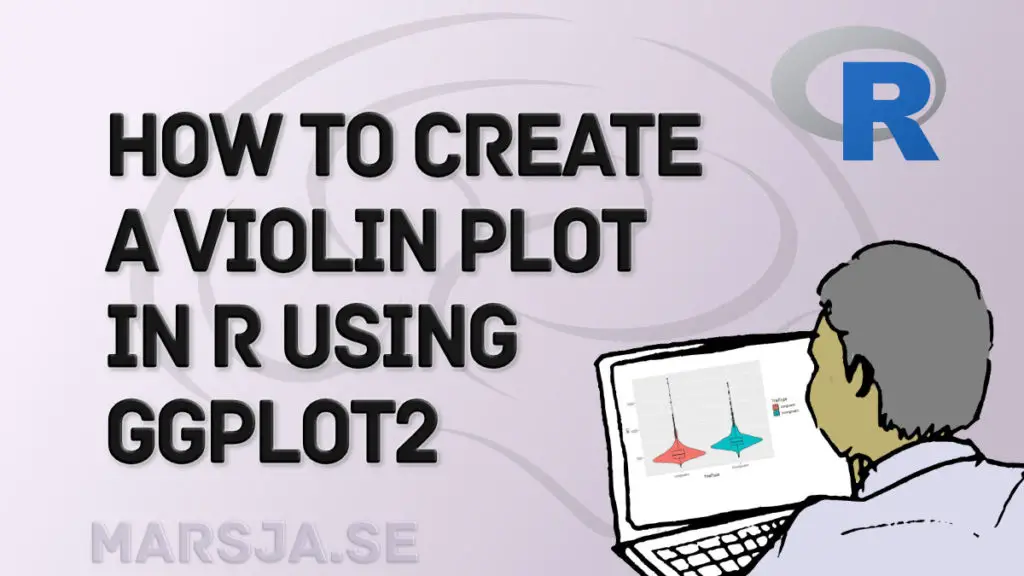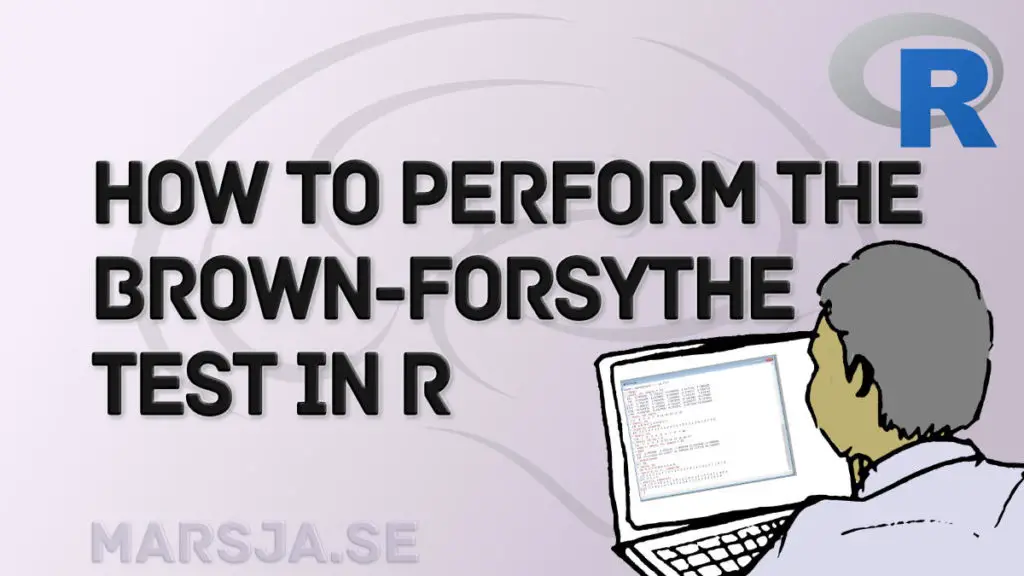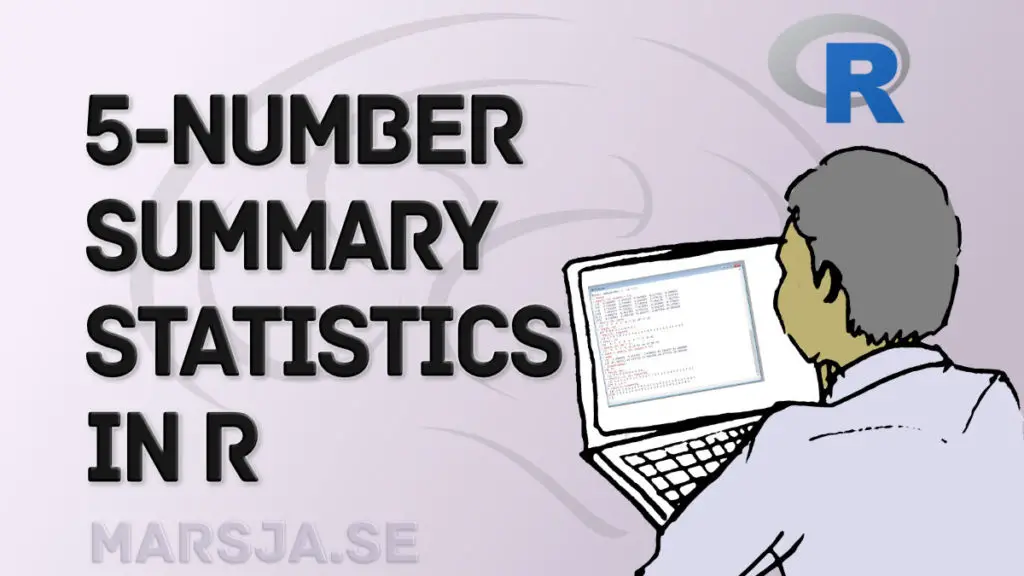How to Create a Violin plot in R with ggplot2 and Customize it
This data visualization tutorial will teach us how to make a violin plot in R using ggplot2. We can use several techniques to visualize data (see, for example, the Python-related post “9 Data Visualization Techniques You Should Learn in Python“) to visualize our data in r. Briefly described, violin plots combine a box plot and […]
How to Create a Violin plot in R with ggplot2 and Customize it Read More »









